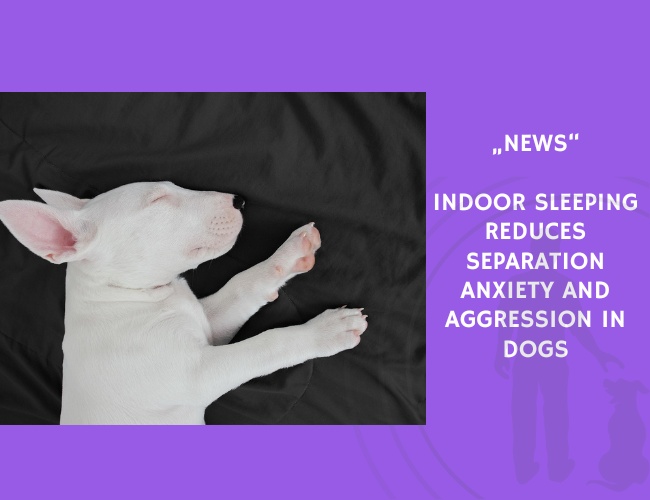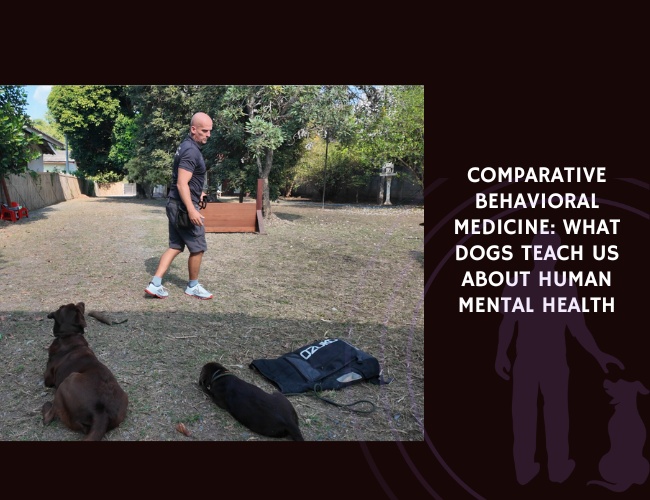Rossi et al. (2021) examined whether the proximity of dogs to their human companions during sleep influenced behavioral outcomes. The study analyzed data from over 60,000 dog keepers who completed an online questionnaire regarding their dogs’ sleeping arrangements and frequency of problematic behaviors. These behaviors included object destruction, excessive vocalization, inappropriate elimination, growling, barking, and biting.
The results showed that dogs who slept indoors exhibited significantly fewer aggressive threats and fewer behaviors associated with separation anxiety, such as destructive tendencies and vocal distress when left alone. Interestingly, while indoor sleeping reduced many undesirable behaviors, it had no significant effect on inappropriate elimination or biting incidents.
The findings suggest that closer nighttime proximity to human caregivers may promote a sense of security and attachment, which helps reduce stress-related behavioral issues. This study highlights the role of environmental and relational factors in shaping canine behavior, providing practical insights for owners seeking to prevent or mitigate separation anxiety and aggression in their dogs.
Source: Rossi, A. P., Santos, C. R. C., Maia, C., Terzian, C., Predebon, D. F., Queiroz, J. S. C., Bastos, M. Z. N., Choinski, M., & Assis, S. R. M. (2021). Dogs Sleeping Inside Houses Less Frequently Exhibit Behaviors Commonly Associated with Separation Anxiety and Aggressiveness. Society & Animals, 1–19. Authors: A. P. Rossi, C. R. C. Santos, C. Maia, C. Terzian, D. F. Predebon, J. S. C. Queiroz, M. Z. N. Bastos, M. Choinski, S. R. M. Assis. Journal: Society & Animals.










